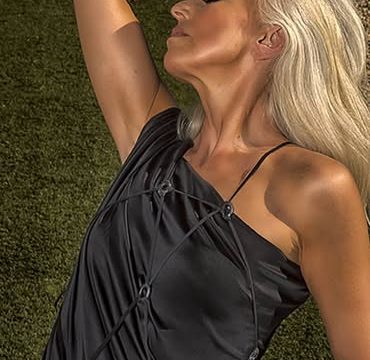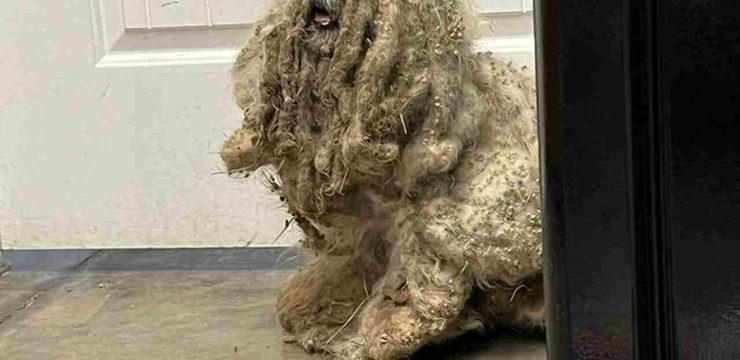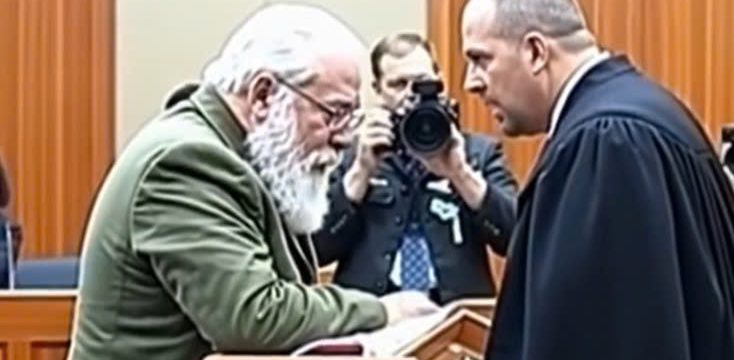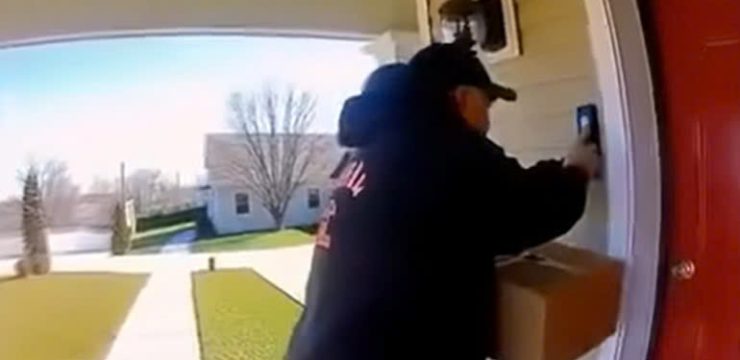Spot-the-difference puzzles aren’t just light entertainment—they’re mental workouts in disguise, designed to test how sharp your eyes and brain really are. One great example is a visual puzzle showing two images of a boy drinking water from a mountain spring. At first glance, they appear to be completely identical.
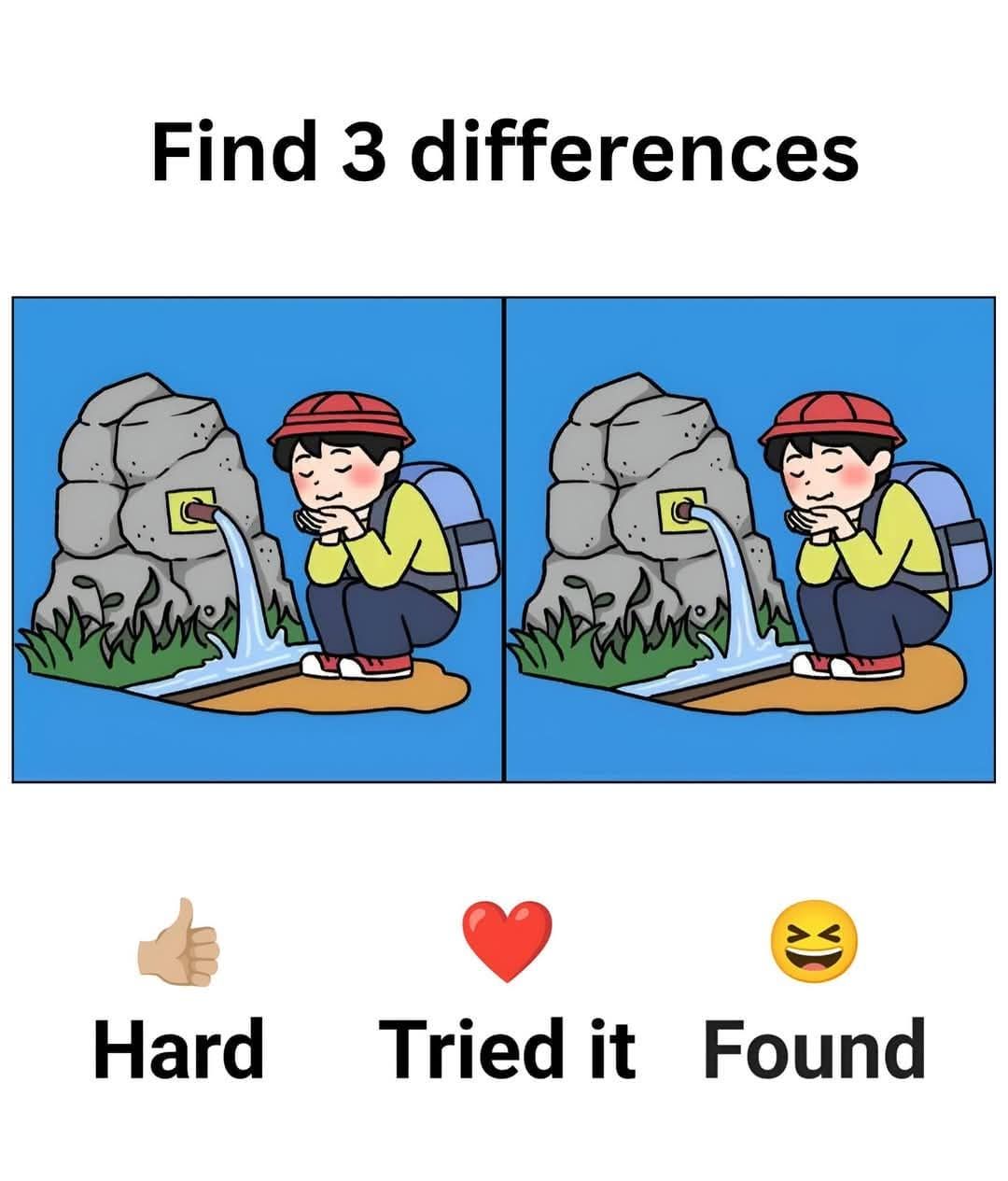
The boy is kneeling, cupping his hands to catch the stream from a small rock fountain. Everything seems serene and picture-perfect, but there’s a catch: three subtle differences are hidden between the two images. The challenge is to spot all three changes in under 15 seconds—a task that sounds simple but proves surprisingly tricky. These puzzles are so addictive because they engage your observation skills, short-term memory, and attention to detail all at once. Unlike tasks that rely on logic or trivia knowledge, spot-the-difference challenges are visual games that force you to slow down and really look.
One person might zero in on a difference immediately, while someone else could scan the image for a minute and still miss it. That’s what makes these puzzles so satisfying—when you do find a hidden change, it’s like your brain just solved a riddle. Common mistakes often trip up puzzle solvers, especially beginners. The most frequent error is scanning too fast and assuming that if something doesn’t stand out immediately, there’s nothing different. That’s exactly how small changes stay hidden. Another issue is ignoring tiny details—something as minor as a stitch on a cap, the tilt of a water spout, or a shadow can be a clue. And finally, many people compare the two pictures without a strategy. They might flip their eyes between the images without scanning them methodically, which increases the chance of missing something. A good trick is to compare the pictures in a grid-like fashion—breaking them into sections and examining each part one by one.
Let’s walk through the puzzle step by step. First, look at the boy’s hat. In the image on the left, his red hat has two stitched lines running across the top. But in the image on the right, one of those lines is gone. It’s a small but clear change once you notice it—difference number one. Next, direct your attention to the stone fountain’s faucet.
In the left-hand image, it’s perfectly straight, just as you’d expect. But in the right image, it’s bent slightly downward. This change can be easy to miss because your eyes may be focused on the boy rather than the background. Still, once you notice the distortion, it becomes obvious—difference number two. Finally, look at the area near the boy’s feet. In the left picture, there’s a small brown puddle directly beneath his shoes, probably from the overflow of the spring water. In the right image, the puddle is completely gone. It’s a more noticeable difference, especially if you scan the image from the bottom up. And there you have it—the three hidden changes revealed: one missing stitch line on the hat, a bent faucet, and a missing puddle. It seems simple now, but when you’re racing the clock, your brain can easily skip over the smallest changes. What makes puzzles like these valuable isn’t just the fun—they actually help train your brain. Solving visual puzzles can boost memory retention, improve your focus, and increase your ability to process information quickly.

They challenge your brain to block out distractions and focus on minor discrepancies, which can be useful in real-life tasks like proofreading, data review, or even remembering small details in conversations. If you want to get better at spotting differences faster, try using a few smart strategies. Mentally divide the image into sections and review each part systematically. Pay close attention to edges, lines, colors, and patterns—differences often lurk where your eyes least expect them. And don’t forget the corners of the image; designers love to hide changes where you assume nothing would be altered. Once you’ve mastered this challenge, test your skills with even harder ones. Share the puzzle with friends or family and see who can find the differences the fastest. It’s a fun, competitive way to sharpen your brain—and maybe brag a little about your eagle eyes. So go ahead, tag someone who needs a brain boost, and see if they can spot all three differences faster than you did.
